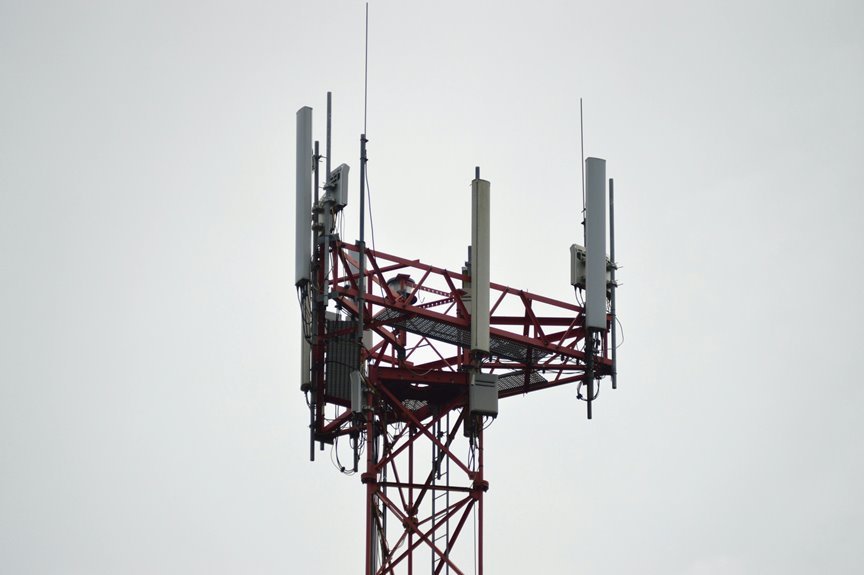
Wireless Frequency Coordination Integrity Operations 3713429402 3382160412 3381831530 3517432778 3509978872 5084002663
In the realm of wireless communication, frequency coordination acts as the backbone, ensuring stability and clarity. The specific codes, like 3713429402 and 3382160412, represent critical components in this intricate system. However, various challenges threaten the integrity of these operations. By exploring innovative solutions, you can uncover ways to enhance efficiency and reliability in coordination efforts. What methods can truly transform the landscape of wireless connectivity?
Importance of Frequency Coordination in Wireless Communication
When you consider the complexities of wireless communication, the importance of frequency coordination becomes immediately clear.
Effective spectrum management ensures that devices operate without interference, maintaining performance integrity. By adhering to regulatory compliance, you safeguard access to vital frequencies.
This coordination not only maximizes efficiency but also empowers users, fostering innovation and connectivity in a landscape where freedom of communication is paramount.
Overview of Specific Frequency Codes
Understanding specific frequency codes is vital for effective frequency coordination in wireless communication.
These codes facilitate accurate frequency assignments and enhance code utilization across various platforms. By comprehending their structure and application, you can optimize channel allocation and minimize interference.
This knowledge empowers you to manage resources efficiently, ensuring seamless connectivity while maintaining the integrity of wireless operations in an increasingly crowded spectrum.
Challenges in Frequency Coordination Integrity
While frequency coordination is essential for maintaining communication integrity, several challenges can undermine its effectiveness.
You’ll face issues like inadequate interference management, which can disrupt signals, and inefficient spectrum allocation that limits access to necessary frequencies.
These factors complicate coordination efforts, leading to potential conflicts and degraded service quality.
Addressing these challenges is crucial for ensuring reliable and efficient communication systems.
Innovative Solutions for Operational Efficiency
To enhance operational efficiency in frequency coordination, implementing advanced technological solutions is essential.
By adopting automated systems, you can achieve streamlined processes that reduce manual errors and save time.
Utilizing data analytics allows you to optimize resource allocation, driving enhanced productivity.
Moreover, integrating real-time monitoring ensures adaptive responses to changing conditions, ultimately fostering an environment where innovation and operational freedom thrive.
Conclusion
In the realm of wireless communication, think of frequency coordination as a finely tuned orchestra, where each instrument plays in harmony to create a seamless melody. Just as a conductor ensures no note is out of place, effective frequency management prevents interference and optimizes resource use. As technology evolves, embracing innovative solutions is crucial to maintain this symphony of connectivity. By doing so, we not only enhance communication but also pave the way for future advancements in the industry.



